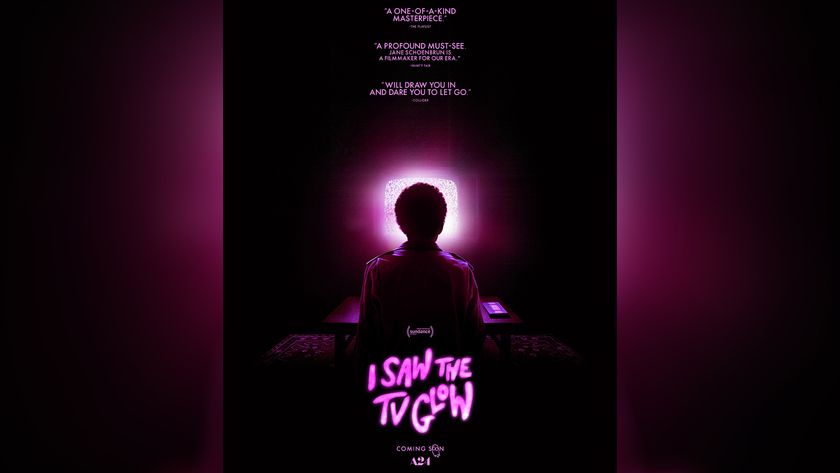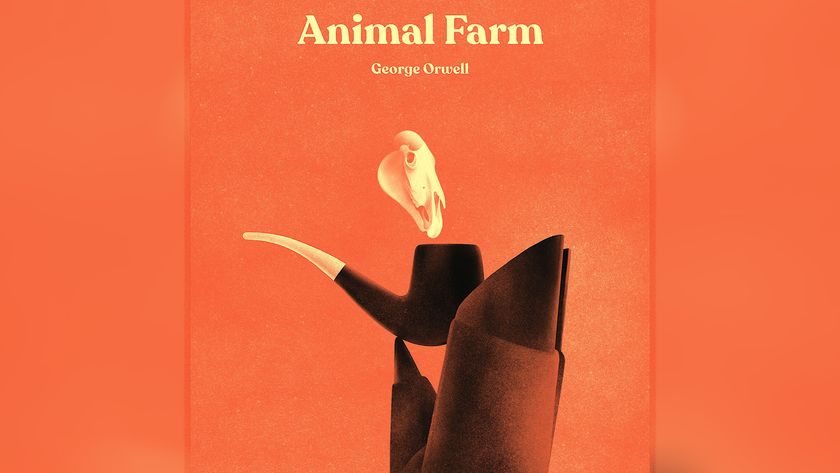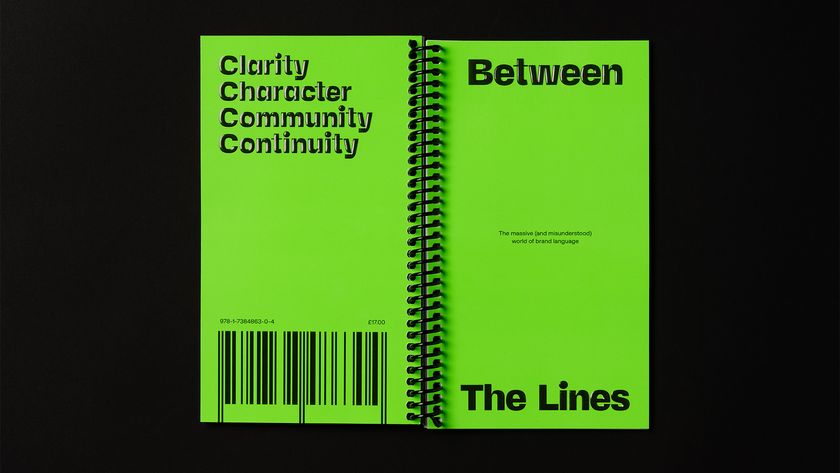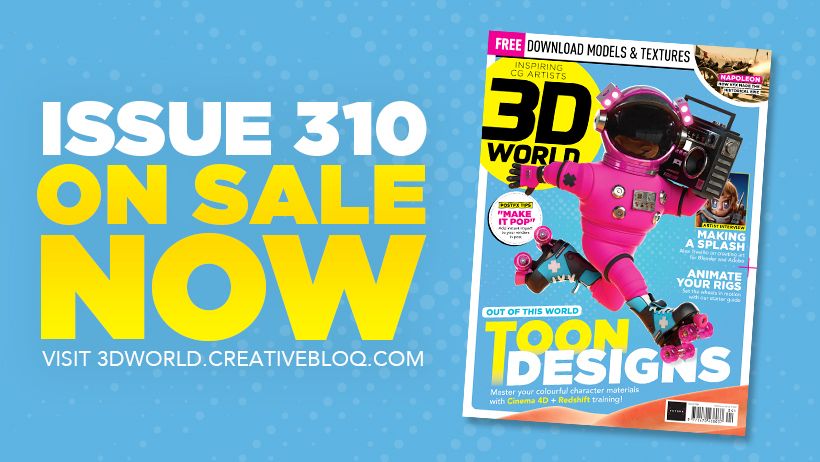How to future-proof yourself as a designer
Master the art of constant evolution in an ever-changing environment.

For over 50 years, D&AD has been dedicated to recognising and celebrating the very best of creative excellence from studios and agencies around the world with its Pencil awards.
Alongside that, the not-for-profit organisation works with students and young creatives to discover, nurture and elevate talent wherever it’s found, with its New Blood awards and New Blood Shift. And of course, aside from boosting the design portfolios of those involved, this attracts energy and talent; persistence and curiosity – those forces that keep our industries in a perpetual state of change.
This perpetual state poses challenges. We spoke to D&AD’s CEO, Tim Lindsay, and Bethan Morris, manager of D&AD’s New Blood Programme to find out more about how young creatives can future-proof themselves.
01. Consider alternative routes
Despite media hand-wringing about algorithms, robots, and AI, you and I will still be part of the future, somewhere, somehow. And so too will a new batch of creative talent. But how will they be educated, and where will they come from? “Universities still offer excellent routes in,” says Morris, “but we need alternatives,” she insists.
“Creativity struggles to be valued and is frequently overlooked by education systems and governments alike,” explains Morris. “In the UK alone, we’ve seen teacher shortages, a drastic reduction in the numbers studying design and technology, and a big mismatch between what’s being taught and the skills needed.”
Where does D&AD come in? “We want to help creative people realise as early as possible that there are career paths open to them where they can get paid for doing what they love,” says Morris.
Lindsay adds that creative roles need to be open to all. “The idea that creative excellence is available only to those who already have the ‘right networks’ has limited us for too long,” he says.
Get the Creative Bloq Newsletter
Daily design news, reviews, how-tos and more, as picked by the editors.
“We want to work with businesses to attract a far greater diversity of talent into the industry. People who can challenge what has gone before can provide different perspectives and solutions.”
02. Be adaptable
Midnight Dinner: Tokyo Stories - @jaccobunt 👀
A photo posted by @peep_publication on Jul 18, 2017 at 9:25am PDT
‘What should I be learning now?’ seems to be a question we ask ourselves with increasing frequency. Which piece of software, which programming language, which APIs?
While we can’t know now what we’ll need to know in 20, or even 10 years’ time, Morris recommends staying informed, and dabbling in new platforms, trends and technologies (Udemy offers great free courses on all sorts of topics and tech to get you started).
But ultimately, what’s more important is cultivating a progressive outlook on the world. “What you need is the urge to learn on the go, and to be prepared to adapt to whatever the situation calls for,” says Morris.
Even for those in their dream job, not every project that lands in your lap is going to give you goosebumps, which is why Morris stresses the importance of side hustles and passion projects. “There’s a real need for mavericks and ‘entrepreneurs’ within agencies,” she says.
Morris gives Ross Norman – New Blood Academy class of 2016 attendee, Pencil winner, and Kingston student – as an example of someone who has such adaptability and passion.
He launched Peep, a publication about celebrating side projects and creative play. “Every project in Peep has play, freedom and experimentation at its core,” she says.
03. Question your motive

As well as questioning what you’re doing to prepare yourself for the future, Lindsay also thinks you should be asking why you’re doing it. “The future of the planet is still largely dependent on business seeking to grow in a sustainable way – if indeed growth is the answer.”
Doing good will increasingly become good business, he adds, but it’s important to do this authentically and honestly.
“This movement is not about hijacking issues for dubious ends or playing with people’s hopes and fears,” warns Lindsay. “If you’re going to change how business is done, you’ll need creative courage, and be willing to take risks.”
Lindsay admits that taking such risks is not easy. “We’re not going rose-tinted specs here,” he says. “There are real challenges on the way to making it. There’s the risk of anonymity and the challenge of cutting through the competition for your talent to shine.
“There’s trying to move from serial placements to a permanent role, or even landing that placement in the first place. And then there’s balancing the need to gain experience and make connections with the need to pay your bills.”
04. Put yourself out there

But D&AD New Blood can help. It has free events, tools and resources to give everyone industry-standard insight, and offers a platform to identify and spotlight creative talent, help people rise to the top, open doors, and start conversations.
You can’t just rely on D&AD, though. Morris emphasises the importance of learning from your own mistakes. “It’s up to you to continue that conversation, put yourself out there, meet people, make connections, take advice to avoid some pitfalls, and learn the hard way on others.”
It’s up to you to put yourself out there, meet people, make connections, take advice to avoid some pitfalls, and learn the hard way on others
Getting out there and making stuff for real will always get you noticed over pictures on a page. And you’ll learn more, too. “It’s one thing to conjure up a beautiful concept under lab conditions,” says Morris, “but taking it out into the messy real world and solving problems and patching things up until it works will teach you a load of skills you’d never get in the classroom.”
We see this in the work that wins, too. Take Tom Watkins’ 2015 New Blood Black Pencil winner, When I’m a Dad. The touching and original approach to the subject matter took it a long way, but the fact that Watkins put the project out there by starting a conversation online was perfect proof of concept, and showed that his piece had the power to engage outside the jury room.
The world of commercial creativity is already a rapidly changing beast, and will undergo seismic shifts in the years to come as new technologies become commonplace and consumer expectations and behaviours adjust – and D&AD will continue to celebrate, stimulate and evolve with the best of this new world.
“It will always be key to celebrate and reflect the best of the industry as it is,” says Morris, “but with programmes like New Blood and Impact, D&AD will continue to set out a vision for and champion the best of the industry as it should be, rather than limiting ambition and representation to the industry as it is.”
05. Adjust your priorities
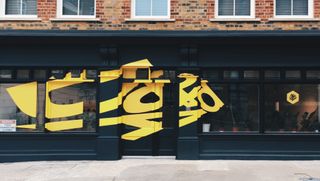
Finally, you can shape your future with your priorities: by putting humans before companies; choosing fun over money; being approachable rather than formal; and innovating rather than always sticking to the norm.
The company you work for is just a building full of people. So think hard about your interactions. Are you nice to people because you worry about upsetting them? Do you know them so well that your honesty can mutate into rudeness? Do you trust each other enough to be unselfconscious and have genuinely novel ideas?
Treat fun as a valid source of measurement, alongside all the other metrics you use to judge the success of your company’s culture. Make sure you give yourself the time and space to be playful.
It doesn’t matter if you’re a junior designer or an ECD – you should treat everyone the same. Marketing jargon needs to go. Layers of sign-off on every piece of work need to go. Trust needs to be handed out and f*ck ups need to be expected. This is better than the alternative where everyone is afraid and just looks after themselves.
Seek out the weird, and the cutting-edge. Not all of it will find its way into a project, but resist the urge to self-censor or give people what you think they want. Question everything. If people tell you: ‘This is the way to do it because that’s how it has always been done,’ question it. Sometimes a small tweak or even a complete deviation will result in something better.
This article was originally published in issue 269 of Computer Arts, the world's leading graphic design magazine. Subscribe here.
Related articles:

Thank you for reading 5 articles this month* Join now for unlimited access
Enjoy your first month for just £1 / $1 / €1
*Read 5 free articles per month without a subscription

Join now for unlimited access
Try first month for just £1 / $1 / €1

